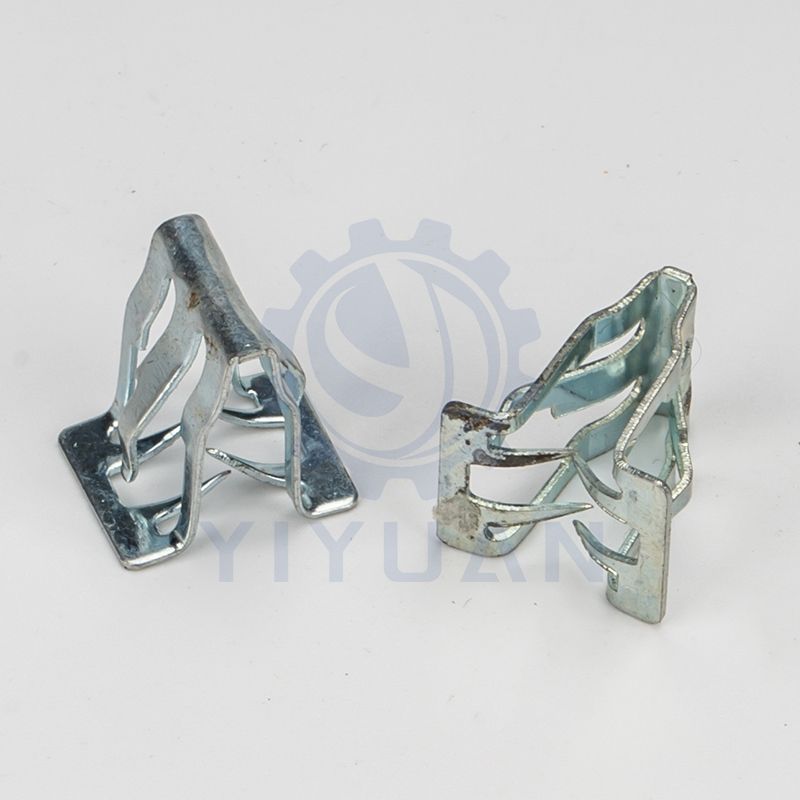Feb. 20, 2025
The proportion of stamping parts in the automotive industry in the future may undergo structural adjustments, but will not be completely replaced in the short term. The long-term development depends on the speed of technological iteration and changes in industry demand. The following is a key factor analysis:
Material adaptability upgrade: The stamping technology of high-strength steel (HSS) and aluminum alloys is continuously optimized (such as hot stamping forming), which can take into account both lightweight and safety requirements and extend the life cycle of the stamping process.
Supply chain maturity: The traditional automotive supply chain is built around stamping parts, and switching to a brand new technology in the short term requires high conversion costs and risks.
Additive manufacturing (3D printing): In the production of small batches and complex structural parts, 3D printing may gradually penetrate, but it is difficult to shake the position of stamping in large batch scenarios.
Structural parts: They may be replaced by integrated die-casting or composite materials, especially exclusive components of electric vehicles such as battery pack shells.
Interior and functional parts: Competition in processes such as plastic injection molding and composite molding is intensifying, and the proportion of stamping parts may decline.

Cost pressure and technology balance: Electric vehicles are in urgent need of cost reduction, stamping process may be retained in mature markets, while high-end models are more likely to accept new material technology.
5. Future proportion forecast
Long-term (more than 10 years): If integrated die-casting and composite material technology achieve cost breakthroughs, the proportion of stamped parts may further drop to 30%-40%, but will not disappear and will turn to specific components and emerging markets.
in conclusion
The proportion of stamping parts in the automotive industry will show a gradual decline in the future and a trend of local substitution, rather than rapid elimination. Its status depends on:
- The economy of scale of new processes (such as die casting, 3D printing);
- The speed of breakthrough in material technology;
- Car companies' trade-offs on cost, performance and environmental protection.
For industry practitioners, it is recommended to pay attention to the development direction of high-strength material stamping technology and multi-process fusion (such as stamping + welding + die-casting integration) to cope with future competition.
2
0
0
All Comments (0)
Previous: None
Next: None
If you are interested in sending in a Guest Blogger Submission,welcome to write for us!
Comments